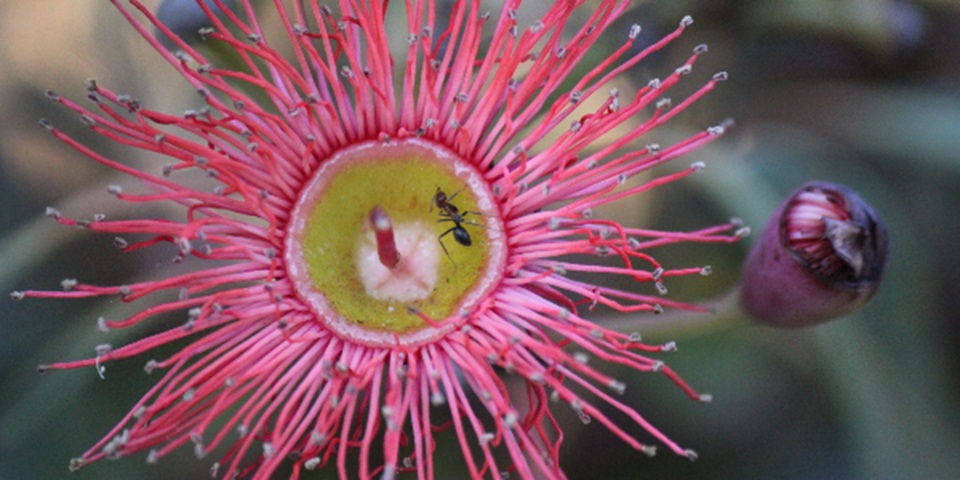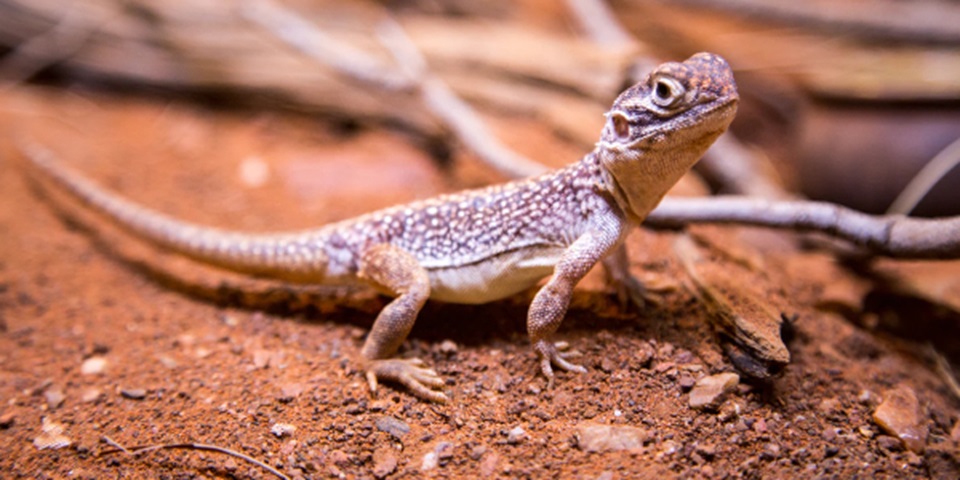About the centre
The Centre for Terrestrial Ecosystem Science and Sustainability represents a collaboration of academic research staff working with community, industry and management partners towards a shared vision of maintaining sustainable and biodiverse ecosystems through scientific excellence.
This centre captures the outputs of 17 academic staff and over 100 current HDR students, with a shared vision to carry out robust science underpinning biodiversity conservation.
Our research strengths – in wildlife, plants and processes – are applied to ecosystems influenced by urbanisation, extraction industries, and primary production. Underpinning this research is our cross-cutting research themes, strong education linkage, and substantial industry and community engagement.





